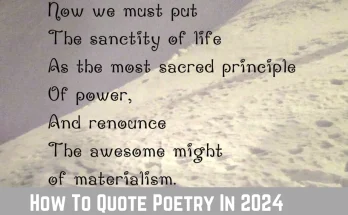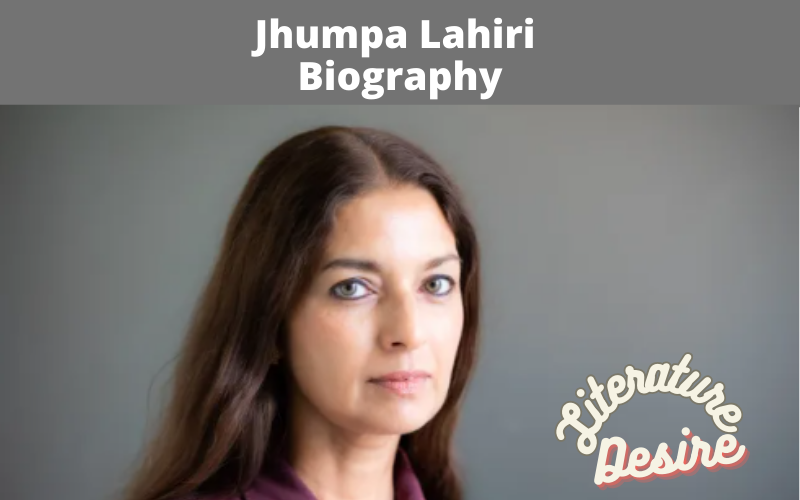“A Dragonfly in the Sun” is a fascinating and appealing poem written by Zulfiqar Ghose that presents the summary of the attractiveness, symbolism, and transient nature of life through the imagery of a dragonfly. The poetic language and evocative descriptions of Ghose offer readers to contemplate the fleeting moments of existence of all living beings.
The Loss of India, Evidence of Genocide, and Disturbed Nights are outstanding and Fantastic poems of Zulfikar Ghose. His essay “Orwell and I” is also an interesting work.
Along with Zulfikar Ghose, Taufiq Rafat is a Modern-Pakistani poet who is also the pioneer of Pakistani-Idiom in English. The Arrival of the Monsoon, Eid Morning, Time to Love, and Thinking of Mohenjodaro are famous works of Taufiq Rafat.
Summary of A Dragonfly in the Sun by Zulfiqar Ghose
The afternoon’s light is caught in the dragonfly’s wings where transparency permits no reflections and yet will not give free passage to the sun, preserving the surface the brightness of readers webbing as a fragile brilliance of gleaming points which make the wings nearly invisible and the diagonal markings appear as tiny irradiations of very faint pink and blue when the dragonfly darts up against the sun as if it plucked colors from the air and immediately discarded them: this is the moment of intensity, of the afternoon’s light gathering in the garden in a brief flickering of a dragonfly’s wings just above the red blossoms of the pomegranate.
In “A Dragonfly in the Sun,” Ghose uses the metaphor of a dragonfly to symbolize the ephemeral nature of life and the human experience.
The poem begins by describing the dragonfly, its delicate wings glimmering in the sunlight as it flits from one place to another.
The dragonfly’s presence in the sun signifies the brief moments of vitality and vibrancy that life offers.
Ghose’s vivid descriptions transport readers into the world of the dragonfly, capturing its graceful flight and the iridescent colors that adorn its body.
The poem celebrates the dragonfly’s ability to navigate the world with agility and grace, mirroring the transient nature of our own existence.
As the poem progresses, Ghose explores deeper themes of impermanence and interconnectedness. The dragonfly’s flight becomes a metaphor for the human journey, with its twists and turns, highs and lows.
The poet reminds us that, like the dragonfly, we too are part of the intricate tapestry of life, interconnected with the world around us.
The poem concludes with a reflection on the fragility of life and the inevitability of change. Just as the dragonfly’s presence is fleeting, so too are our own moments of existence.
Ghose’s poignant words serve as a reminder to cherish and appreciate the beauty of life’s fleeting moments.
Key Themes Explored
Interconnectedness
Ghose highlights the interconnectedness of all living beings. The dragonfly’s flight symbolizes the interconnectedness of our individual experiences and the ways in which our lives intersect and influence one another.
Beauty in Imperfection
The poem celebrates the beauty found in imperfection and the ephemeral nature of life.
Ghose’s descriptions of the dragonfly’s delicate wings and iridescent colors remind readers to find beauty in the transient moments that make up our lives.



